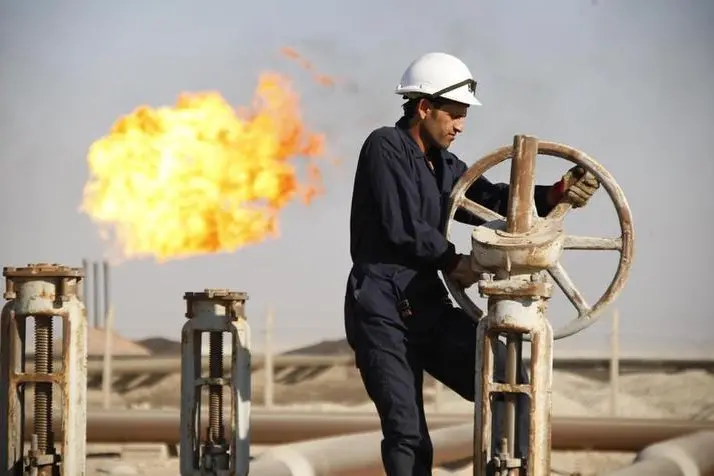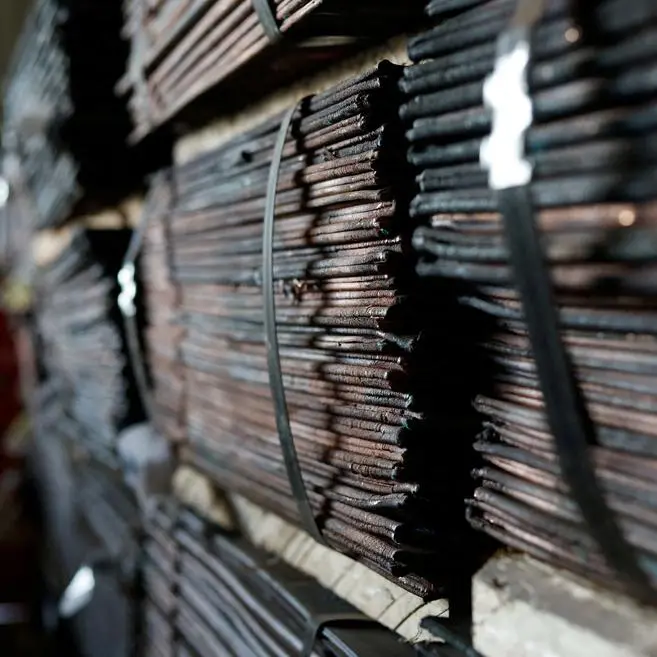PHOTO
Oil prices edged up on Friday and were set to end the week modestly higher as markets awaited an OPEC+ decision on supply agreements for the second quarter amid differing demand indicators for key consumers U.S. and China.
Brent futures for May climbed 31 cents, or 0.38%, to $82.22 a barrel by 0645 GMT, while U.S. West Texas Intermediate (WTI) for April rose 24 cents, or 0.31%, to $78.50.
WTI is on track for at least a 2.5% increase this week, while Brent is holding near last week's settlement price. Brent has hovered comfortably above the $80 mark for three weeks.
"Brent crude prices continued to trade sideways this week... Brent at USD83/bbl has shown recent strength although fundamentals remain tilted to oversupply," said BMI analysts in a client note.
"Expectations of a continuation of OPEC+ production cuts into Q224 is also weighing on sentiment as soft demand is expected to persist...However, timespreads for Brent futures contracts have widened. The move to stronger backwardation (market structure) will be supportive of a more bullish stance for prices as markets are pricing in tightening in the months ahead," the analysts added.
A Reuters survey showed the Organization of the Petroleum Exporting Countries pumped 26.42 million barrels per day (bpd) this month, up 90,000 bpd from January. Libyan output rose month-on-month by 150,000 bpd.
A decision on extending the cuts is expected in the first week of March, sources have said, with individual countries expected to announce their decisions.
Increasing possibilities of Saudi-led OPEC+ continuing with the supply cuts beyond the first quarter, potentially till the end of 2024, will likely keep oil prices above US$80/bbl, said DBS Bank energy sector team lead Suvro Sarkar.
Strong expectations of Saudi Arabia keeping term prices of crude it sells to Asian customers little changed in April from March levels also underpinned the market.
Supporting prices, the Federal Reserve's preferred inflation gauge, the U.S. personal consumption expenditures (PCE) index, showed January inflation in line with economists' expectations, reinforcing market bets for a June interest rate cut. This in turn could lower consumer costs and spur fuel buying activity.
However, a mixed bag of February purchasing managers' index (PMI) data from China, the world's top oil consumer, capped price gains.
China's manufacturing activity in February contracted for a fifth straight month, an official factory survey showed on Friday, raising pressure on Beijing policymakers to roll out further stimulus measures as factory owners struggle for orders.
"Demand side we concur that 2Q will have hiccups and we are projecting Brent to average lower in 2Q24 compared to 1Q24, before rebounding in 2H24 on the back of the potential rate cut scenario, which should boost fund flows towards riskier assets," said DBS Bank's Sarkar.
(Reporting by Laura Sanicola and Trixie Yap in Singapore; Editing by Tom Hogue, Lincoln Feast and Shri Navaratnam)












